Duckworth- Lewis Method
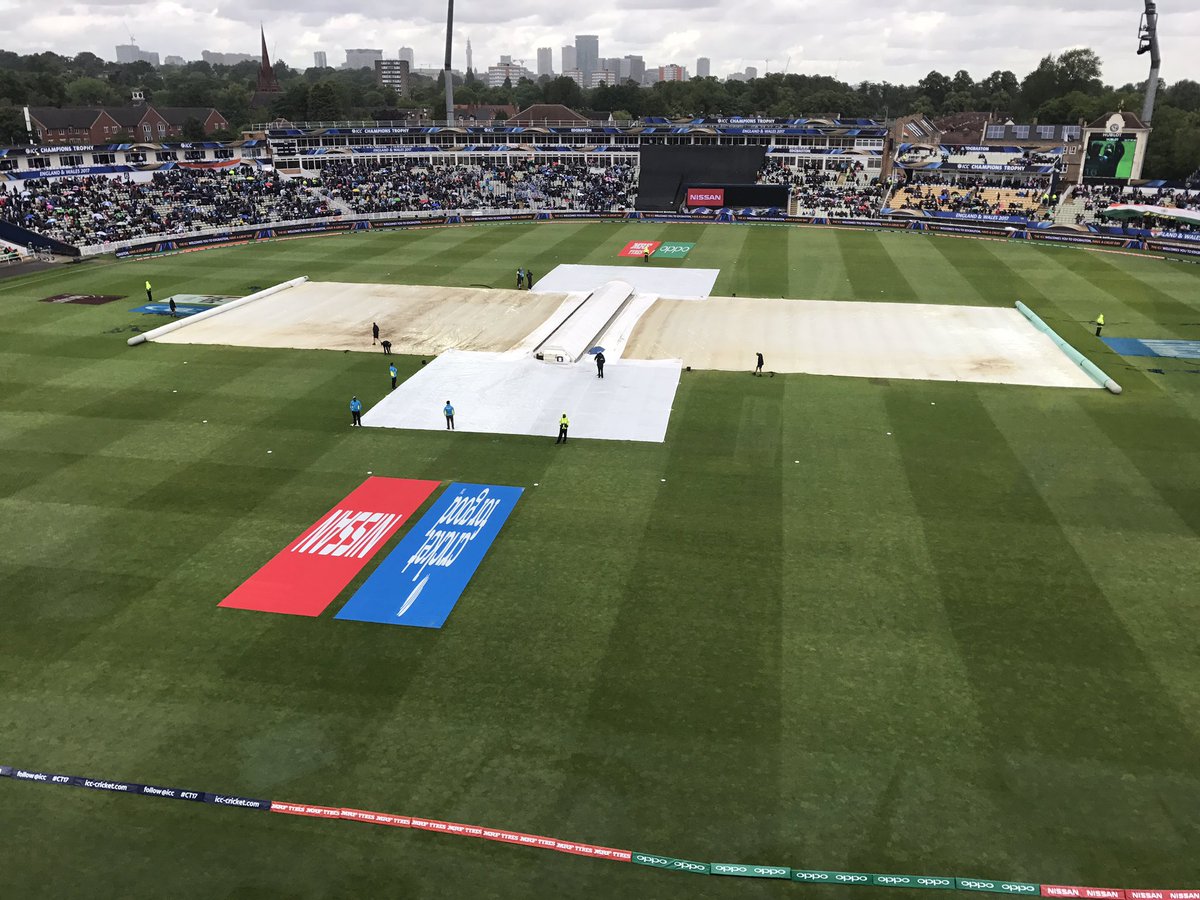
We are seeing many matches being washed out and using a method to revise targets. The method used to revise the target is called Duckworth-Lewis Method or DL method.
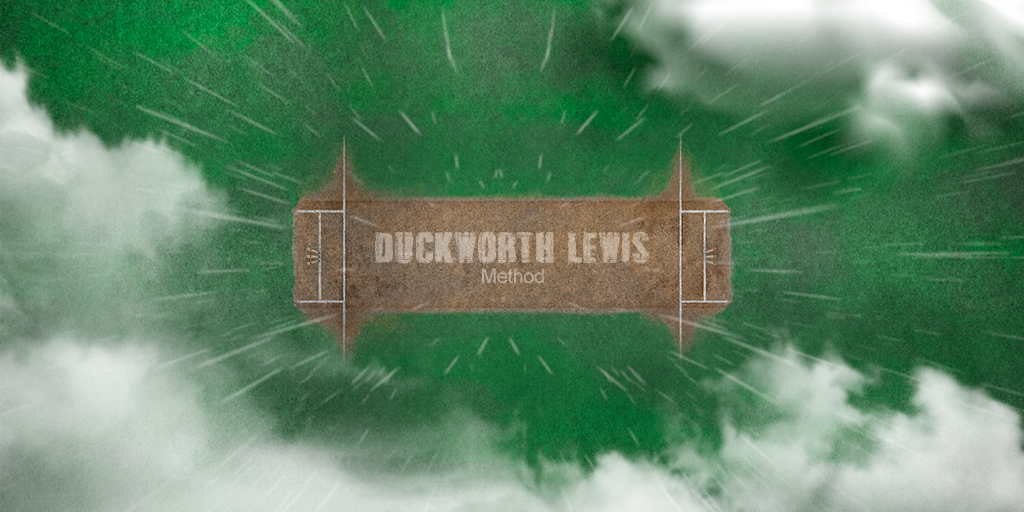
What is Duckworth-
Lewis method??
Duckworth-Lewis method is a formula
used in limited over’s matches which are affected by rain or are temporarily
stopped because of any other reason. It uses the over’s reaming and wickets in
hand to estimate the total of a team.
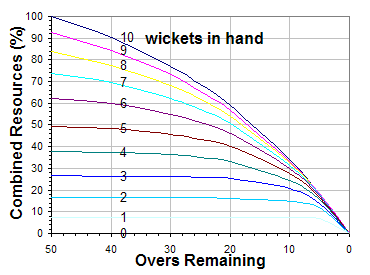
The traditional method used up to 1997
to revise targets when weather interfered with limited-overs cricket was based
on average run-rate. The only advantage of such a system was that it was easy
to understand and calculate for all concerned - players, officials and
spectators - but it almost always gave a hugely unfair advantage to the team
batting second, with the result that captains winning the toss when rain was
around almost always chose to field first.

From 1997, the ECB adopted the
Duckworth/Lewis method as a fairer system, since then the ICC has done likewise.
Before the days of D/L, there were some horrific examples of the average
run-rate method producing ridiculous situations - today there are few. D/L is
now generally accepted by players who understand it as by far the fairest
method yet devised for target resetting.
To avoid the spectacle of the batsmen
meeting in mid-wicket and consulting Duckworth/Lewis tables and pocket
calculators between every over, the scorers and match manager generally do the
calculations and display the difference between the runs achieved and the score
needed to win - if the match were to be finished at that instant - as a figure
on the scoreboard, so all can see whether the batting side are ahead of or
behind the target.
Frank Duckworth &
Tony Lewis were professional statisticians and mathematicians who worked
closely with the ECB. They have done extensive research into past limited overs
cricket matches, updating and improving their own system over the last 5 years.
In simple terms, the
D/L system converts the number of overs remaining and the number of wickets
lost into a "resources remaining" figure. As overs are completed or
wickets fall - the "resources remaining" falls.
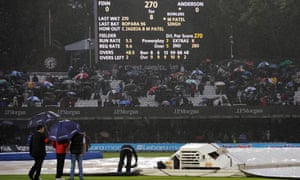
D/L has far fewer anomalies than any
previous method. Whenever rain interrupts a match, the D/L method is designed
to leave the balance of the match unaltered.
Where other earlier methods crucially
overlooked the importance of wickets lost at the point of delay, the D/L method
incorporates this factor into its calculation. It is obviously much easier to
chase 100 runs with ten wickets left than with just three wickets standing and
the D/L method was the first of its kind to recognise this.
The adjustments that the D/L method
makes try to ensure that after a rain break, the status quo of the match is
roughly retained. If the 'chasing' side is ahead when rain arrives, then they
are awarded the match if no further play is possible. This has given rise to a
whole new tactical approach for teams batting second.
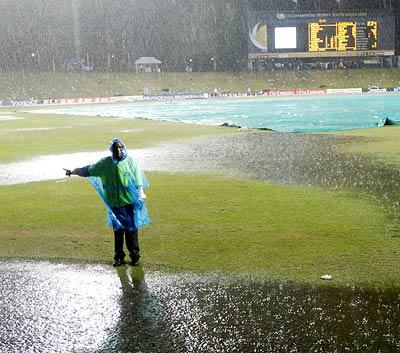
Although the D/L method consistently
spits out fair equations, which are easily understandable, its more intricate
formulae are highly complicated and far too difficult for the ordinary man to
comprehend. However, players and spectators do not need to bother themselves
with more than a grasp of how the system operates and how it might affect
tactics in any one-day match.
The D/L method has been criticized on
the grounds that wickets are a much more heavily weighted resource than overs,
leading to the suggestion that if teams are chasing big targets, and there is
the prospect of rain, a winning strategy could be to not lose wickets and score
at what would seem to be a "losing" rate (e.g. if the required rate
was 6.1, it could be enough to score at 4.75 an over for the first 20–25
overs). The 2015 update to D/L/S
recognised this weakness and changed the rate at which teams needed to score at
the start of the second innings in response to a large first innings.
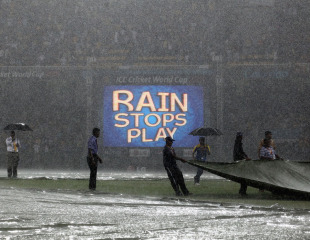
Another criticism is that the D/L
method does not account for changes in proportion of the innings for which
field restrictions are in place compared to a completed match.
More common informal criticism from
cricket fans and journalists of the D/L method is that it is unduly complex and
can be misunderstood. For
example, in a one-day match
against England on 20 March 2009, the West Indies coach (John Dyson) called his
players in for bad light, believing that his team would win by one run under
the D/L method, but not realizing that the loss of a wicket with the last ball
had altered the Duckworth–Lewis score. In fact Javagal Srinath, the match referee,
confirmed that the West Indies were two runs short of their target, giving the
victory to England.
Team batting second's par score=
Team batting first's score X (team batting second's resources/team batting first's resources)
Resources are given by
Total resources
available = 100% − Resources lost by 1st interruption − Resources lost by 2nd
interruption − Resources lost by 3rd interruption −...



Comments
Post a Comment